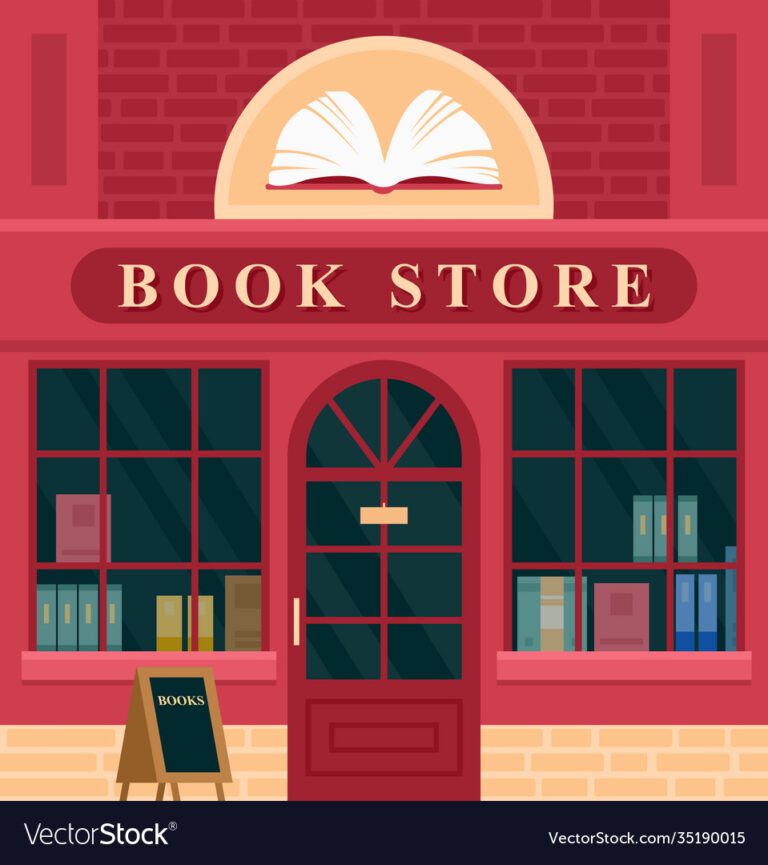Hey there! Welcome to this blog about choosing your target audience.
In the last blog, I said that “Marketing is tailoring your product to your target audience.” But if you don’t know what a target audience is, then that statement really doesn’t mean much. In this blog, I will be providing some information about a target audience.
No matter how much you love your book, you must realize your book is not for everyone. So, you need to aim your marketing and promotion at your target audience. Think of who specifically would want to read your book. Not only does this help build community and increase sales, but it also saves you the effort of spending time and money trying to sell your book to people who have no interest in your type of book. Narrow your focus to a specific group of people, and you should have better results.
So, who is your target audience? I will be providing you with a list of questions to hopefully help you narrow down who your target audience is, so you can tailor your marketing and promotion to them specifically. I have created an assignment to go along with this blog that includes many of the questions covered within this blog. First off, describe a specific person who would buy your book. Who is that ideal reader? Consider them as you create your product, which is- What are their interests? Your book? How can you tailor your book specifically to them? What cover would appeal to them? Why would they like your book? What other books are they reading? Think of their favorite authors. How do those books look? How is your book similar or different to those books? What is your target audience’s financial status? Can they afford your book and anything else you intend to offer along with it? What are they searching for online? What keywords do they use when searching online? What are the descriptions to those other books that they are reading? What places are they looking at? How old are they? And do they have a problem your book solves? If so, how can you make your target audience aware of the fact your book solved their problem?
Here are even more questions to consider about your target audience. Again, these questions should be listed in the assignment that is included along with this blog. First, where are they? What platforms are they on? By knowing where they are and what platforms they are on, you can focus your attention there instead of all over the place. Again, being more focused can save you time and money. Do they read newspapers? If so, which ones? What about websites and blogs? What articles are the most common with them? Are there any news stations they tune into? Are there any specific social media platforms they are on? And if so, when is the most common time for them to be on those platforms? Are there any festivals or markets they attend? Each of these are questions that can help you to focus on exactly where your audience is, so that your audience is the ones receiving your message about your book. Notice where other books, again in the same genre as your book, have been advertised. Can you reach out to those places, too? Even though this course won’t go into detail about social media platforms, maybe it would be worth learning more about social media and focusing on that if that is where your audience truly is the most.
Finding the target audience for adult books can be pretty specific, but children’s books can be a little trickier because you need children and adults to like them. The children must enjoy them to want them, but the adults are the ones who are purchasing the books and typically being forced to read them over and over again. But, you can still narrow down the target audience a little bit in each category. What age of child is your book intended for? A book a ten-year-old will be much different from a book for a two-year-old, so you can at least narrow it down to an age range. Also, the age range will help you to determine how long your book should be. A two-year-old should have a much shorter book than a ten-year-old because their attention span is shorter. What adults are you interested in targeting to buy your book? Maybe librarians, parents, grandparents. Is there a specific topic the book covers that may narrow down the search a little? Is there a theme to your book that may be better suited to certain groups of children or adults. Maybe counselors, doctors, or dentists to even use in their own clinics?
Other considerations include how can you provide your target audience with value? If you plan to write multiple books, is your target audience the same for all of them? It may be easier to grow your audience if you are writing similar genres of books. If you write a picture book, then a romance, then a horror book, you will have three different audiences. If you focus specifically on one genre, though, you have more of a chance to reach the same people with all of your books. How can you build community with them? Maybe it would be possible to encourage them to take pictures of themselves with your book in various places and post the pictures online. That’s one way to get the word out about your book for free and have others do the work for you.
Well, that’s it for this blog.
I hope this gave you some help with finding your target audience. In the next blog, I will be providing information about reviews and providing a brief list of other influencers and resources with additional information about influencers. Until then, may you have a wonderful day! Take Care.
